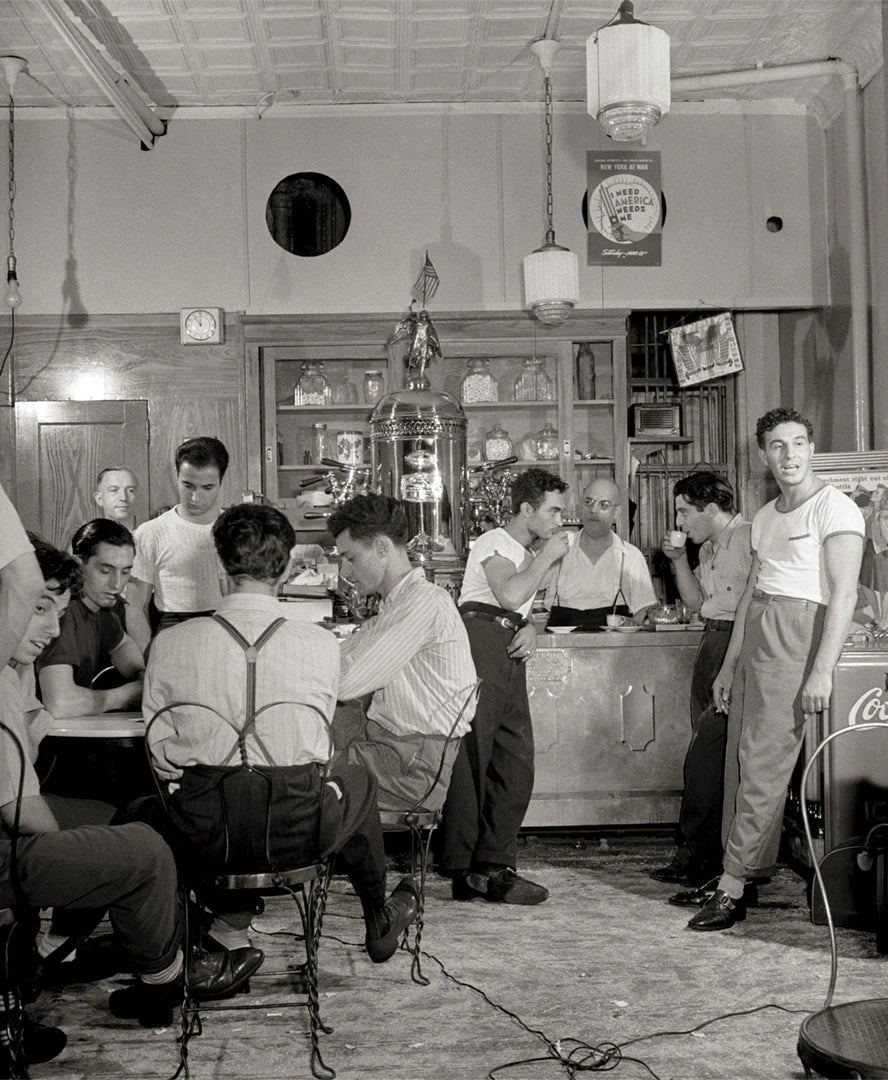Your Cart is Empty
Free and Fast Shipping | 30 Day Money Back Guarantee
Free and Fast Shipping | 30 Day Money Back Guarantee
Free and Fast Shipping | 30 Day Money Back Guarantee

3 min read
In the latter part of the 19th century, as Italian immigrants began to arrive in New York City in search of better opportunities, they settled in an area of Lower Manhattan that would become known as Little Italy. This neighborhood initially spanned from Canal to Houston Streets, and from Bowery to Lafayette Street, though its boundaries would fluctuate over time. The choice of this area was partly due to its affordability and the presence of other Italian settlers, creating a sense of community in a foreign land. Mulberry Street, in particular, became the vibrant epicenter of Little Italy, lined with tenement buildings that housed the growing Italian population. The street was alive with the sights, sounds, and smells of Italy, as vendors hawked fruits, vegetables, and other goods from carts, and families gathered to celebrate traditional Italian festivals.



Comments will be approved before showing up.
Tha Quality was fantastic❗❗❗
Used grease or lard bucket was carried under rear axle to periodically grease wheel hubs. Very good video.
I'm super impressed how quickly the print got to Canada and the quality is worth every penny. Thank you so much, Gordon Parks is a hero to my partner and I'm sure he will love this surprise
Received as a gift and could not be happier with the quality of the print. Shipping container ensure this arrived in perfect condition.
Love the simplicity and vintage feel of this print. Plus- prickly + beauty theme.
Wow. What an incredible photograph, and I love the story behind it as well. Seller does excellent work, and I couldn't be more pleased.
Amazing photograph and beautifully reproduced. Excellent work and shipped quickly. Thanks so much.
Beautiful photo and amazing quality!
5 stars review from Claire
Image quality and the extent to which the image was packaged securely was perfect. Could not be happier with the product.
This image along with much of Thomas Hines' work is incredibly powerful. The brutality faced by these children makes our everyday hardships seem frivolous.
5 stars review from Pjewc191
Great item. Packed well for shipping. Shipped quickly.
arrived quickly and looks great!
Classic. Framed it, and hung it up.